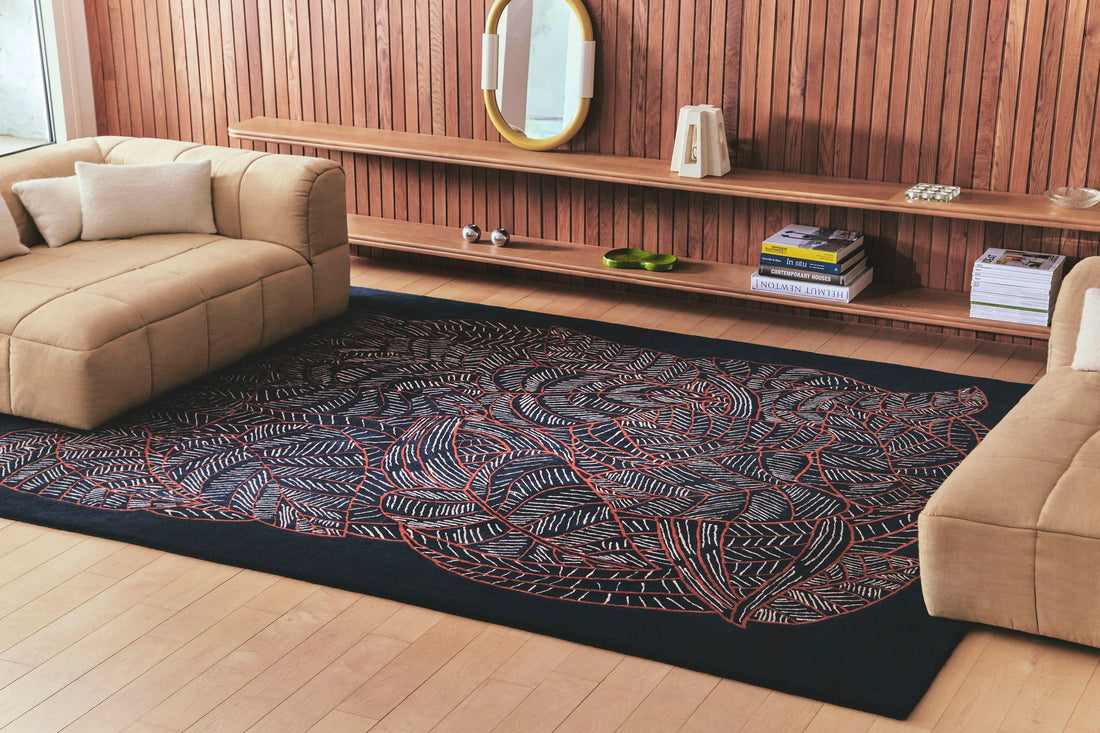
The Importance of Scale in Bespoke Interiors
Sai SandeepShare
I. Introduction
Ever walked into a room and felt like something was “off”—but couldn’t quite put your finger on it?
That feeling often comes down to scale.
In bespoke interiors, scale isn’t just a design detail—it’s the foundation for creating spaces that feel balanced, intentional, and comfortable.
This blog will unpack why scale matters, how to get it right, and how bespoke design gives you the freedom to master it beautifully.
II. What Is Scale in Interior Design?

Scale refers to the size of objects in relation to each other and the space they occupy.
It’s often confused with proportion, but here’s the difference:
-
Proportion = harmony within an object
-
Scale = harmony between objects and their surroundings
When scale is off, even expensive or stylish interiors can feel awkward and uncomfortable.
Getting scale right creates a flow that just feels right—visually and emotionally.
Learn more about scale vs. proportion here →
III. Why Scale Matters in Bespoke Interiors
-
Standard-sized furniture doesn’t fit all homes
Think tall ceilings, narrow corridors, or oddly shaped rooms—these demand tailored solutions. -
Bespoke = matched to architecture
Whether you live in a city apartment or a high-ceilinged loft, each piece can be custom-scaled to your space. -
Visual rhythm
Right-sized elements give a space order and balance, creating a natural flow from room to room.
At Artvikta Studio, every project starts with scale—because we know it’s what makes a space truly work.
IV. Key Areas Where Scale Can Make or Break a Space
1. Furniture Size vs. Room Dimensions
-
Large sofas in small rooms = overwhelming
-
Tiny chairs in grand spaces = underwhelming
-
Solution: Custom furniture that “grounds” the space while respecting flow and function
2. Art & Wall Decor
-
Art that’s too small gets lost
-
Oversized art can dominate the room
-
Pro tip: Use custom-sized art to create intentional focal points
3. Lighting Fixtures
-
A small chandelier in a large dining area? Disappointing.
-
An oversized pendant in a small kitchen? Obstructive.
-
Bespoke lighting allows for harmony between fixture size, ceiling height, and room purpose
(Architectural Digest explains this well →)
4. Rugs & Floor Coverings
-
A rug that’s too small can visually “break” a room
-
Ideal rugs should anchor all major furniture elements
-
Custom sizing ensures cohesion and comfort
5. Built-In Elements (Storage, Shelving, Headboards)
-
Tall shelves that don’t align with ceilings = awkward
-
Short headboards in tall rooms = disproportionate
-
Bespoke millwork ensures architectural integration
V. How Artvikta Uses Scale Thoughtfully in Projects

At Artvikta Studio, we approach every project with scale front and center.
-
Space mapping & lifestyle analysis
-
Real-scale sketching and prototyping
-
Collaboration with local artisans for perfect proportions
Mini case study:
We once transformed a tight corner in a Mumbai apartment into a warm reading nook using right-sized seating, a custom floor lamp, and vertical bookshelves.
The result? A space that feels larger, lighter, and deeply personal.
VI. Tips for Getting Scale Right in Your Own Home
-
Use painter’s tape or cardboard to test furniture dimensions
-
Factor in ceiling height and sightlines before buying large pieces
-
Mix scales—like oversized art with slender furniture—but balance with visual anchors
-
When in doubt? Go custom. It always fits.
Need help getting started? Our bespoke design process is tailored to your space and lifestyle.
VII. Conclusion: Scale = Silent Elegance
Scale shapes how a room feels, not just how it looks.
A space in perfect scale feels calm, connected, and intentional.
Final Thought:
“In bespoke interiors, scale isn’t a detail—it’s the difference between a room that works and a room that wows.”
Ready to Get the Scale Right?
Want to design a space that fits you in every sense?
Let Artvikta bring the beauty of balanced scale into your home →
Explore more from Artvikta:
